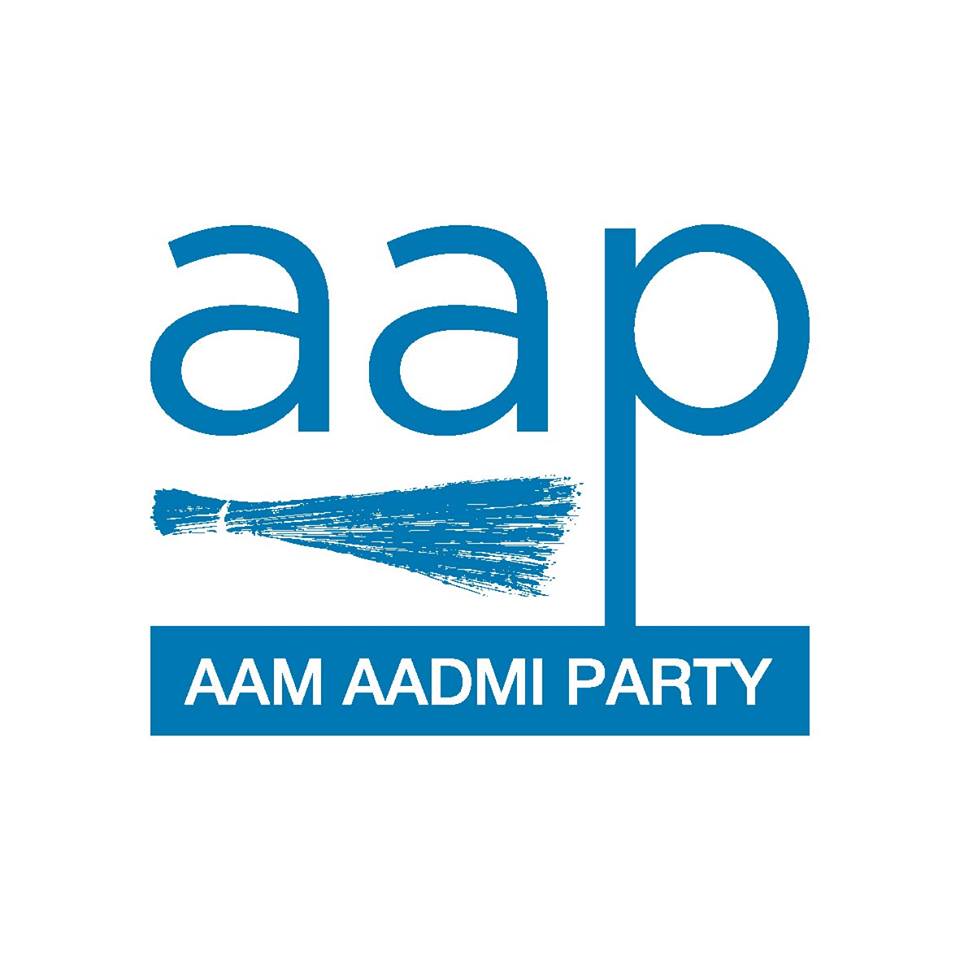· CM chairs meeting on water augmentation with Ministers, MLAs and Officials
· Four major projects to be undertaken for water augmentation in Delhi
· All four projects to be completed by March end for better water supply during summers
Chief Minister of Delhi and Chairman Delhi Jal Board Sh. Arvind Kejriwal chaired a meeting on water augmentation in Delhi through four different projects on Wednesday January 02. 2019.
The Chief Minister focused on the projects of water augmentation and also fixed March end as the completion of four projects for augmentation.
The meeting was also attended by Deputy Chief Minister Sh. Manish Sisodia, UD Minister Sh. Satyendar Jain, Vice Chairperson DJB Sh. Dinesh Mohaniya, MLAs from east and north Delhi, Chief Secretary Delhi, CEO Delhi Jal Board and senior officials of the Delhi Jal Board.
Project 1: Water extraction from 6-locations between Wazirabad and Okhla
The Central Ground Water Board (CGWB) has identified 6-locations on the Yamuna flood plain between Wazirabad and Okhla with a potential of 383 MLD water. The Delhi Jal Board is already extracting some water from one or two of the locations. However, most of the potential is untapped.
It was decided in the meeting that the extraction should be done for the full potential of 85 MGDs.
The Chief Minister said that this should be done on priority and be completed before the summers set in. This project will highly augment the water supply in Delhi.
Project 2: Fresh water pockets identified in Dwarka
WAPCOS, a consultant of the Delhi Jal Board has identified fresh water pockets in Dwarka area. These fresh pockets would now be developed to augment water supply in the area. It is expected to create an additional 22.5 MLD water.
The chief minister directed that the new source should be developed fast so that the water could be supplied by March end, before summer starts, to the residents of the area.
Project 3: Restarting the closed Ranney Wells and Borewells
The Chief Minister last week gave approval to the pilot technique for treatment of water with ammonia during his visit to the pilot project in East Delhi. This has paved the way for restarting the non-functional 7-ranney wells and around 125-borewells in Delhi.
Today, he discussed the restarting of these ranney wells and borewells and said, “Now the problem of ammonia in water can be handled with the new technique. The ammonia treatment plants should be put up as soon as possible to restart these non-functional units. This should be completed by March end so that there is no dearth of water in the summers.”
Once these non-functional ranney wells and borewells are made functional, an additional 63 MLD of drinking water would be available for the residents of Delhi.
Project 4: Additional bores in areas with high water table
The chief Minister also directed the officials to identify areas for additional bores in north and east Delhi where water table is high. He also asked the MLAs of these respective areas to help DJB in identifying locations for bores.
“Additional bores can also be done in north and east Delhi areas where water table is high and the problem of ammonia can be done away with putting up the treatment plants. These additional bores will not only make these areas self sufficient for water but will also create additional water which can be then supplied to other water scant areas of Delhi,” said the Chief Minister.
Once these additional bores are done, it is expected that it will not only make the respective areas water sufficient but will also create additional water. Additional water created in east Delhi would then be supplied to south Delhi areas which face problem of water.


1 Comment